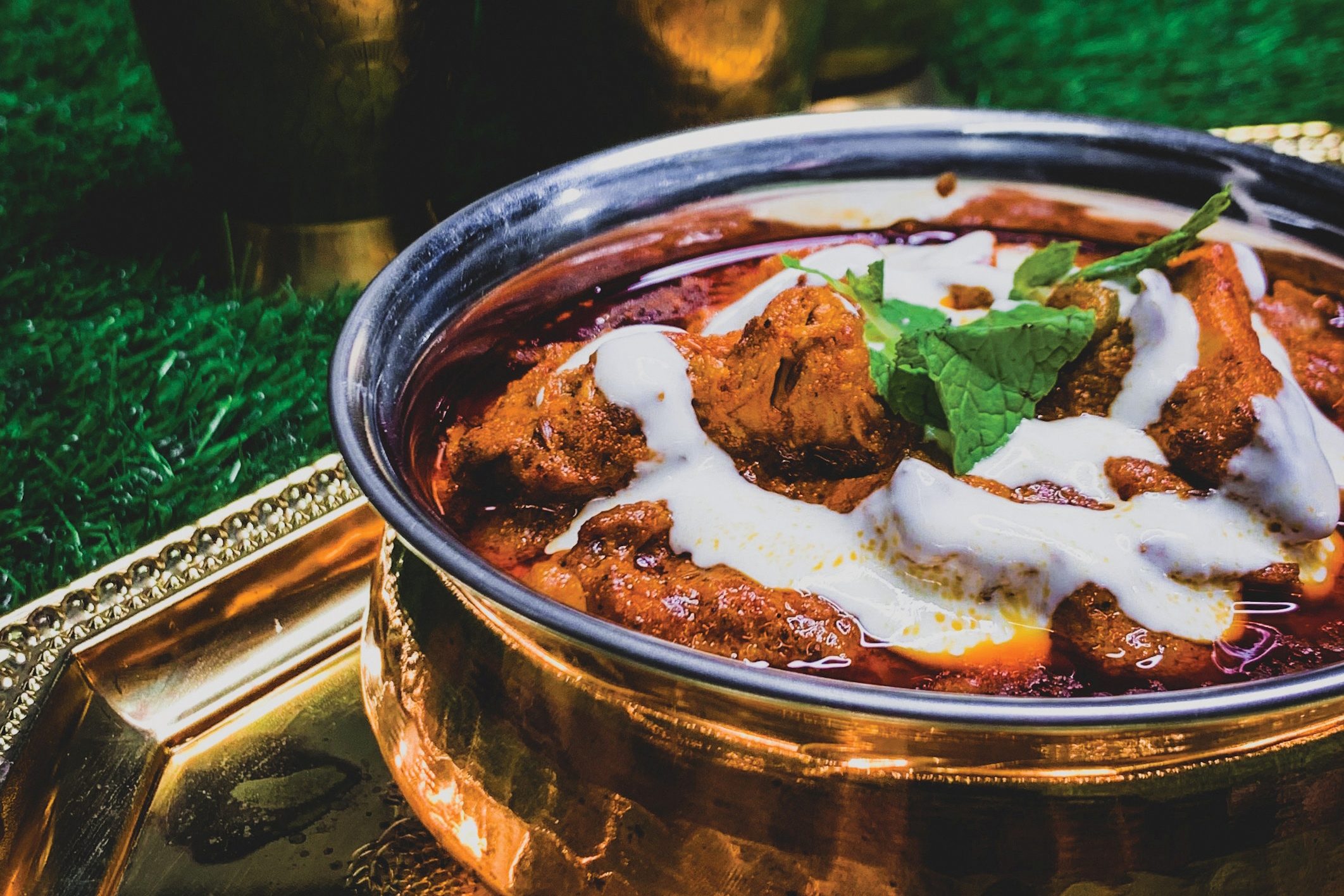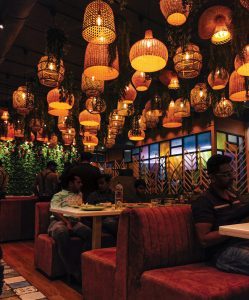Sub-continent opportunities
A recent trade mission visited India, now the world’s most-populous country, and a booming economy. By Glenys Christian.

The New Zealand meat industry’s connections with India were deepened with the trade mission in early September led by Minister for Primary Industries (MPI) Damien O’Connor. While there’s still plenty of building of the relationship needed, moves were made towards a cohesive strategy.
“It’s an expanding, dynamic and very young economy with real potential for significant opportunities for NZ,” says Aslin Chand, the Meat Industry Association’s (MIA) policy and trade manager. She went on the mission along with Quality NZ executive director, Geoff Allott, and several of his staff, along with Silver Fern Farms’ (SFF) chief executive, Simon Limmer.
“There’s a lot of opportunity commercially, but there are barriers such as tariffs and lack of infrastructure around cold storage,” she says.
There was good engagement with Indian government agencies such as Invest India which was able to point mission members towards growth opportunities as well as the chance to connect with the country’s business bodies.
“The key takeaway was it’s a long-term game but there’s real commitment to the market.”

With India’s middle class expected to top 150 million people by 2030 there’s a growing demand for protein, especially animal protein. Lamb exports have bounced back to pre-Covid levels with 103 tonnes sent from October 2022 to July 2023 worth $1.7 million or $16,525/tonne FOB. Mutton exports made up another $300,000 with 53t sent over the same period, worth $5767/t.
Two other growth areas for NZ’s meat industry are in the fifth quarter, with offal exports boosted through the rise of the petfood industry and the demand strengthening for both ovine and bovine blood serum exports.
“India wants to be the pharmacy to the world, manufacturing and exporting products such as vaccines to other countries,” she says.
In both cases NZ exports are sought after because of our disease-free status and can gain a premium because of that. While serum exports have the same 33% tariff as lamb exports do, tariffs for offals ranges from only 10-15%.
“There’s also significant potential to build the trade between the two countries in expertise in cold storage infrastructure, training and disease management,” she says.
“So it wouldn’t be just trade, but NZ would also be contributing towards India’s development.”
Part of that would be developing a better understanding of NZ’s agriculture and where complementarities lie, as recently seen with the 20,000kg of NZ wool used in carpeting its new parliament building in New Delhi opened at the end of May.
“There’s some understanding already, but there are also some of the myths of the volume of NZ production and the fear that we’re going to flood the market and the belief that the agricultural sector is subsidised.”
Geoff Allott, was buoyed by what he saw as a good, co-ordinated group, aligned in its messaging. Quality NZ counts cricketing greats Sir Richard Hadlee, Stephen Fleming, Brendon McCullum and Daniel Vettori among those having an ownership stake (Country-Wide, September 2023).
“The relationship of the two countries has only been seen through the lens of cricket,” he says.
But with four visits from O’Connor, over a short time NZ now had the ear of senior Indian ministers. And while there’s no talk of a free trade agreement (FTA) being on the table yet such as Australia has recently negotiated, he says it was heartening to hear him talk about strategy.
“It’s a great start,” he says.
“We can work together to get a better output.”
QualityNZ initially faced challenges such as supply chain management, maintaining quality control and high tariffs. But through setting up an Indian subsidiary it got around many of these issues and was able to concentrate on getting premium NZ lamb into five-star hotels. It now has an 83% share of all lamb going into the market and supplies hotels in 46 Indian cities.
“We’re a small company and we’re not trying to put our hand up too high,” he says.
But he believes with India’s Make in India programme it’s well placed, having recently set up a food processing factory in northern India to manufacture consumer-ready products to be sold locally as well as being exported to neighbouring countries.
“It’s a massive opportunity for NZ as a whole,” he says.
Another way in which the relationship could be advanced was through talks between NZ meat companies and their Indian counterparts. Helping Indian farmers wouldn’t be a conflict or at the expense of future NZ meat exports as work on quality standards was still required. Quality NZ was in early discussions about working with local producers on a pilot basis in several Indian states where it already has an in-market presence.
“We’re ISO 2002 approved, while there’s still a lot of Indian product lost because there’s no temperature control or GPS reporting,” he says.
“The technology isn’t that familiar.”
And closer relationships between the two countries’ tourism and education sectors will bring benefits for this country’s meat producers, he believes.
“That all bodes well because they are going back into their market and telling our story.”
Simon Limmer gave SFF suppliers an upbeat view of the Indian market’s prospects in its supplier newsletter. India now had the world’s largest population, the fastest rate of economic growth of large countries and was predicted to follow the United States and China as the world’s third biggest economy by 2030, he says.
“Whilst NZ and India have only limited trade at present, with sizable tariffs and no FTAs likely anytime soon, there are still compelling reasons as to why we should not ignore this market given its size and the pace of development.”
The company had exported lamb there until three or four years ago, but volumes and products were limited and at challenging prices. With the supply chain also fragmented, the company decided to sell to more premium markets.
“That said, as a market-led company, we’ve always got to be open to any opportunities, build relationships for the future and also think about niche areas such as our fifth-quarter business,” he says.
India had 1.4 billion people, a growing technological sector and 5% of NZ’s population had Indian heritage.
“We would ignore it at our peril.”




